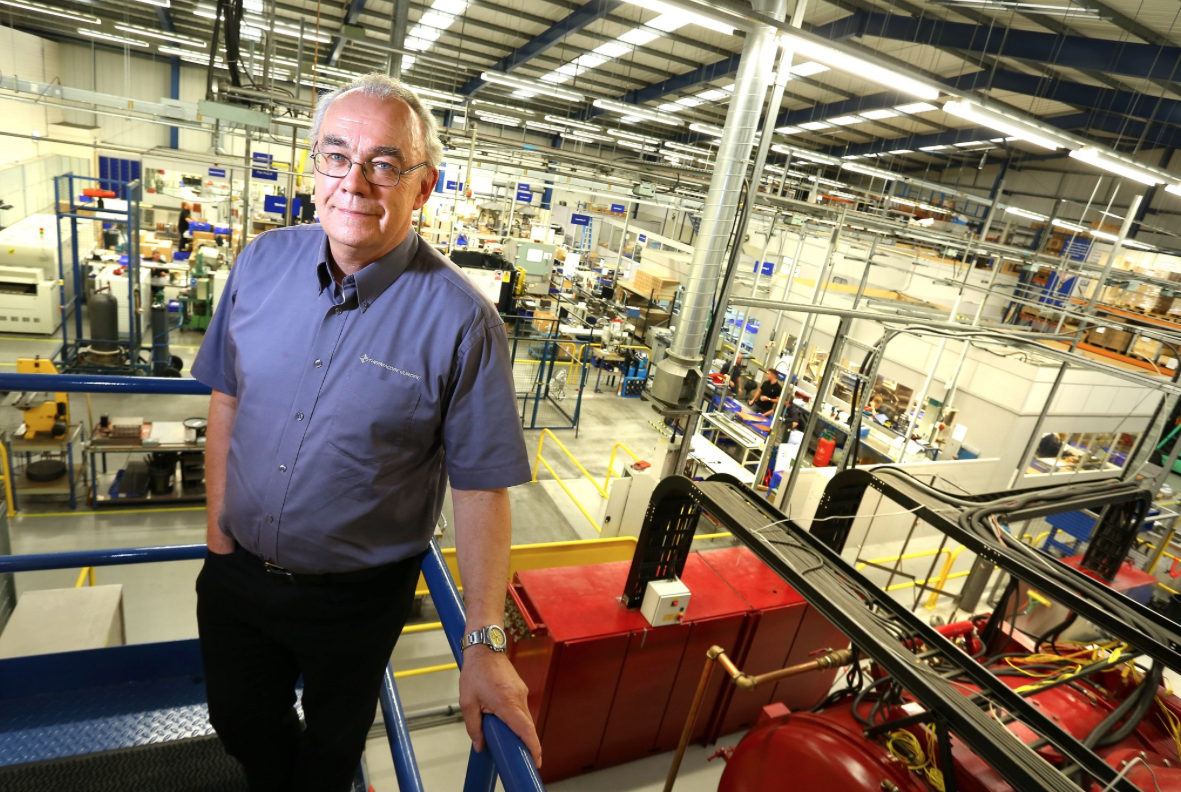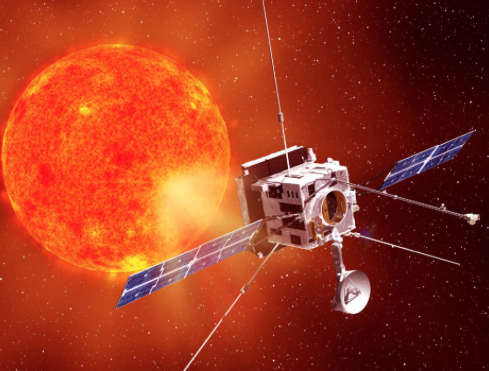
Geoff Thompson, Aavid Thermacore Europe vice president sales and marketing.
Probably the hottest job that there is—orbit and study the sun and try not to burn up in the process—but that's precisely what a North East England-based firm, Aavid Thermacore, is doing with its k-Core Annealed Pyrolytic Graphite technology (APG).
A solar satellite with a deep space mission to capture the most spectacular images ever taken of the Sun will be cooled by technology pioneered by a North East England-based firm.
The European Space Agency’s Solar Orbiter will use k-Core Annealed Pyrolytic Graphite technology (APG) designed and manufactured by Aavid Thermacore Europe Ltd. Aavid Thermacore’s technology will keep instruments on the satellite cool in searing heat as it orbits the Sun’s surface.
The Solar Orbiter is due to take off for the Sun in October 2018 on a mission to reveal more of the star’s secrets through atmospheric measurements and high-resolution images of its turbulent surface.
Aavid Thermacore is one of 10 UK companies involved in a contract valued at 300M euros (US $320M) to build the satellite. Further opportunities on the Solar Orbiter program are currently being worked upon by Aavid Thermacore. The firm specializes in the design and manufacture of thermal management solutions for a variety of industries including aerospace, medical, military, telecommunications, avionics, chemical processing and transportation.

Aavid Thermacore’s k-Core technology will cool the Solar Orbiter as it travels towards, and around, to the Sun. The satellite will orbit within 43 million kilometers of the Sun’s surface where temperatures reach 5,500 degrees Celsius or 9,932 degrees Fahrenheit. Aavid Thermacore will assist in the design and manufacture of two radiators for the Solar Orbiter program. These radiators will dissipate the heat generated by the spacecraft’s electronics to cooler points on the perimeter of the satellite. The company is also developing solid conduction bars which will take heat from sensitive areas of the satellite to the radiators.
Geoff Thompson, Aavid Thermacore vice president sales and marketing, said, “The Solar Orbiter contract is a high-profile win for our business in a project which will generate global headlines.
“The key benefit our k-Core technology brings to the thermal management toolbox of Aavid Thermacore is the ability to provide a product which basically has the same weight, strength and structural performance as aluminium, but with a huge increase in thermal performance.
“The other main advantage is that k-Core can be used in applications where there are major issues with gravity and acceleration.
“So for example, in aerospace, where a Typhoon fighter will pull 9G in a steep climb or dive, a standard heat pipe with water inside will not function very well—whereas k-Core will not be affected at all.”
The Solar Orbiter is due to be launched from Cape Canaveral, Florida, in October 2018 and will take three-and-a-half years to reach its operational orbit around the Sun. The launch will be aboard a NASA-provided launch vehicle.
Its seven-year mission will measure solar waves, winds and energy particles through cutting-edge instruments on board.
The Solar Orbiter will also send back the highest resolution images ever taken of the Sun, giving scientists new insights into the Sun’s 11-year cycle of sunspots and flare activity. http://www.thermacore-europe.com

